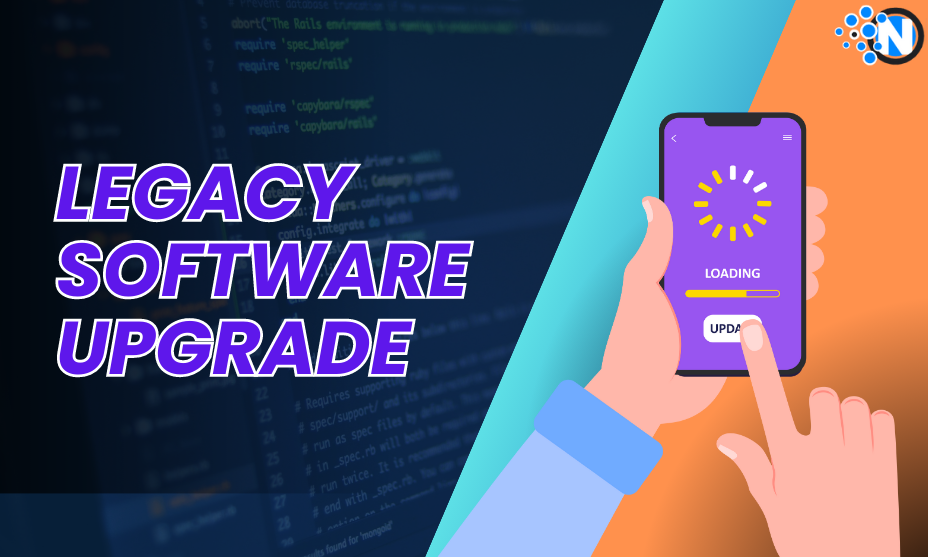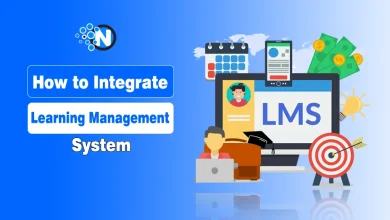Legacy Software Upgrade – Future-proofing Legacy Systems with Minimal Disruption
Legacy systems are computer systems or applications that have been in use for a long time and are considered outdated by modern standards. These systems were developed in a time when technology was not as advanced as it is today. As a result, they face several challenges in today’s fast-paced technological environment. These challenges include high maintenance costs, outdated technology, and the need for upgrades.
One of the main challenges with legacy systems is high maintenance costs. Due to their outdated technology and complexity, maintaining these systems can be costly. As a result, companies that continue to use these systems may incur significant expenses.
Another challenge with legacy systems is outdated technology. These systems were developed using old technology that may not be compatible with modern software and hardware. This means that companies using legacy systems may not be able to take advantage of the latest technological advancements.
Finally, legacy systems require upgrades to keep pace with modern technology and meet changing business requirements. Without upgrades, these systems may become obsolete, leading to decreased efficiency and reduced productivity – to avoid it, read on.
The Need for Legacy Software Upgrades
Upgrading legacy software systems is essential to keep pace with modern technology and meet changing business requirements. By upgrading legacy software, companies can benefit from increased efficiency, reduced costs, and enhanced user experience.
One of the main benefits of upgrading legacy software is increased efficiency. Newer software is often faster and more efficient than older software, which can help companies save time and money. In addition, upgrading software can help reduce the risk of system crashes and downtime.
Another benefit of upgrading legacy software is reduced costs. While upgrading may require an initial investment, it can lead to long-term cost savings. For example, newer software may require less maintenance and support, reducing costs over time.
Finally, upgrading legacy software can enhance the user experience. Newer software often has more features and better usability, which can improve user satisfaction and productivity.

Risks and Challenges of Legacy Software Upgrades
While upgrading legacy software is important, there are risks and challenges that companies need to be aware of. One of the main risks is system downtime, which can lead to lost productivity and revenue. In addition, upgrading software can be expensive, and there is always the risk that the new software may not be compatible with existing systems.
The Challenges of Upgrading Legacy Software
Upgrading legacy software can be a daunting task due to various challenges, including compatibility issues, data migration, and security concerns. Compatibility issues arise when legacy systems are incompatible with modern software, making integrating them with other systems difficult. Data migration is another challenge as it involves moving large amounts of data from the legacy system to the new system without loss or corruption. Security concerns are also a significant challenge as legacy systems may not be equipped with modern security features, making them vulnerable to cyber-attacks.
Choosing the Right Upgrade Strategy
Organizations must choose the right upgrade strategy to overcome the challenges associated with upgrading legacy software. The upgrade strategy should be based on thoroughly analyzing the legacy system and the organization’s business needs. The upgrade strategy should also consider the compatibility of the new software with other systems in the organization.
Engaging the Right Team of Experts
Upgrading legacy software requires a team of experts who have experience in legacy systems and modern software. The team should include software developers, project managers, and business analysts. The team should work closely with the organization’s stakeholders to ensure a smooth transition from the legacy system to the new system.
Best Practices for Legacy Software Upgrades
Organizations should follow best practices to ensure a successful upgrade of legacy software, including conducting a thorough system analysis, selecting the right upgrade path, and extensively testing the new system. Communication and collaboration among stakeholders are also critical to the success of the upgrade process.
Conducting a Thorough Analysis of the System
Before upgrading legacy software, organizations should thoroughly analyze the system to identify compatibility issues, security risks, or data migration challenges. This analysis should also consider the organization’s business needs and the compatibility of the new software with other systems.
Selecting the Right Upgrade Path
Businesses should select the right upgrade path based on their analysis of the system and business needs. The upgrade path should consider the compatibility of the new software with other systems in the organization, as well as the organization’s budget and timeline.
Testing the New System Extensively
Testing the new system extensively is crucial to ensure that it functions correctly and that all data has been migrated successfully. The testing process should include functional testing, integration testing, and user acceptance testing.
Future-Proofing Legacy Systems with Minimal Disruption: Strategies and Automation
Legacy software systems have become a challenge in today’s fast-paced technological environment. These systems were developed in the past and are often outdated, requiring maintenance and upgrades. This part will discuss the strategies and automation involved in future-proofing legacy systems with minimal disruption.
Strategies for Future-Proofing Legacy Systems
To maintain system functionality while enabling future updates and enhancements, legacy systems can be future-proofed with minimal disruption using the following strategies:
- Modularization: Legacy systems can be divided into smaller modules, making them easier to manage and upgrade.
- Containerization: This strategy involves the use of containers to package the legacy system’s components, allowing them to run in any environment.
- Cloud Migration: Cloud migration involves moving legacy systems to the cloud, providing flexibility and scalability to the system.
The Role of Automation in Legacy Software Upgrades
Legacy software upgrades can be time-consuming, costly, and error-prone. Automation can help minimize these challenges by reducing the time and cost of upgrades and minimizing the risk of errors. The following areas can be automated to achieve successful legacy software upgrades:
- Testing: Automated testing tools can be used to reduce the time and cost of testing, ensure the accuracy of the results, and reduce the risk of human error.
- Data Migration: Automated data migration tools can seamlessly transfer data from legacy systems to new ones.
- System Analysis: Automated tools can analyze the legacy system’s code and identify potential issues, enabling developers to correct them before they become problems.
Upgrading legacy systems can be daunting, but with the right strategies and automation, it can be done with minimal disruption. Modularization, containerization, and cloud migration can help maintain system functionality while enabling future updates and enhancements. Automation can help minimize the time and cost of upgrades while reducing the risk of errors. With these tools and strategies, legacy systems can be future-proofed and ready to meet future challenges.
Securing Legacy Software Upgrades: Mitigating Security Risks
Upgrading legacy software comes with several security risks, including data breaches, cyber attacks, and system vulnerabilities. To ensure a secure upgrade, assessing and testing the system for vulnerabilities and implementing proper data protection measures is essential.
Navigating Compliance and Regulatory Requirements during Legacy Software Upgrades
Compliance and regulatory requirements are critical considerations when upgrading legacy software. Upgrades must align with industry-specific standards and regulations, such as HIPAA, GDPR, or PCI-DSS, to avoid potential legal liabilities and penalties.
The Value of Upgrading Legacy Software: An Analysis of ROI
Upgrading legacy software can be costly but can provide a high return on investment in the long run. Legacy software upgrades can generate significant financial benefits by improving system efficiency, reducing maintenance costs, and increasing user satisfaction.
Enhancing Business Operations through Legacy Software Upgrades
Legacy software upgrades can also enhance business operations, increasing efficiency and competitiveness. With improved system performance and streamlined processes, businesses can reduce downtime, improve customer service, and gain a competitive advantage in the market.
The Risks of Not Upgrading Legacy Software
Not upgrading legacy software can pose significant risks to business operations, including increased downtime, data breaches, and loss of market competitiveness. Delaying upgrades may result in higher costs in the long run and a more challenging migration process as legacy systems age and become outdated.
In conclusion, legacy software upgrades are essential for businesses to remain competitive and secure in today’s digital landscape. Businesses can unlock significant benefits and avoid potential risks by mitigating security risks, complying with regulations, analyzing ROI, and enhancing operations.





